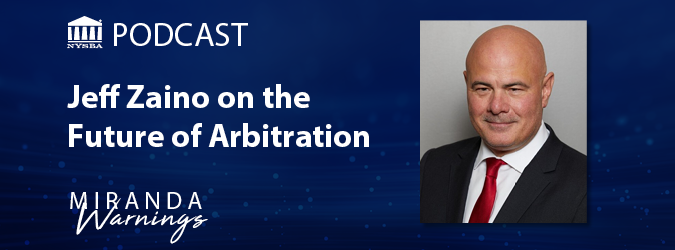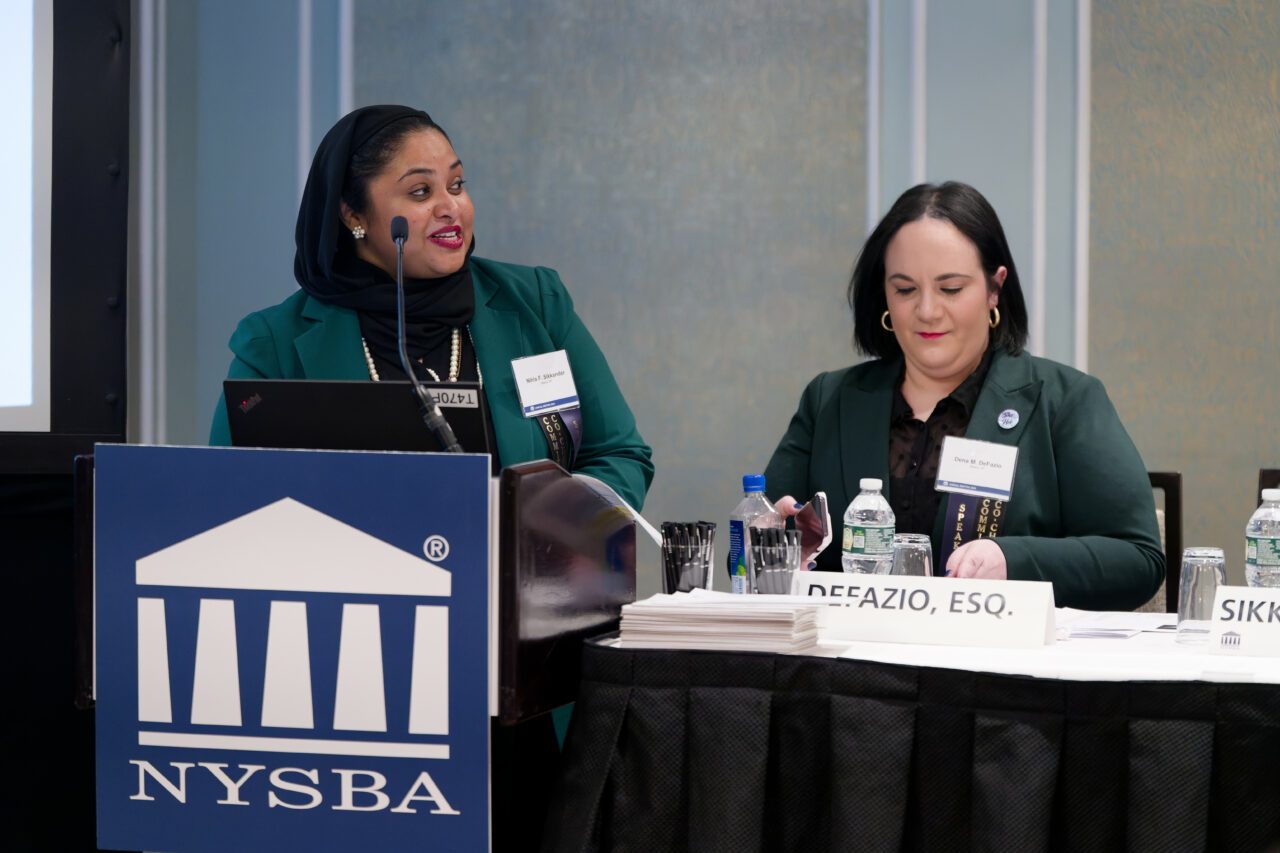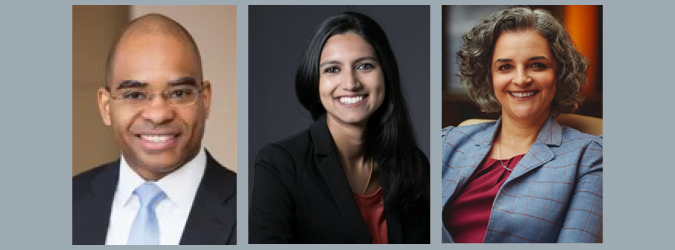Want Diversity in the Legal Profession? Start by Revising Question 26 in the Bar Application
2.23.2022
To achieve a more just society, our legal system must reflect the people it serves. That is why we have to move past being aghast at the lack of diversity in the legal profession and get to work removing the barriers to making it more representative.
There’s an easy place to start, and that is with Question 26 on the New York State bar admission application. It is an inquiry that violates New York law by asking applicants to disclose all interactions with law enforcement including arrests reaching back into their childhood.
The question has driven away untold Black and Latino students who are subjected to the scrutiny of law enforcement to an extent unimaginable to their white counterparts. We as an association came together at the House of Delegates meeting in January to call for a complete rethinking of the question. Now, it is time for the New York State Unified Court System to remove the question from the bar application.
We cannot afford to wait; we cannot afford to lose more minds that would bring our profession fresh perspective and help deliver fair and equal justice to populations that fail to receive it.
It is a shameful truth that our profession is one of the least diverse occupations. We know, of course, that Question 26 and other questions on the New York bar admission application that warn potential lawyers to reveal all police encounters – including police stops, juvenile records, dismissed cases and arrests that are no longer pending – are not solely to blame for this abysmal situation.
According to a 200-page report from former Homeland Security Director Jeh Johnson, New York does not have an equitable justice system, and we can see that, in part, in how lawyers of color are treated.
His report details how practicing lawyers of color in New York face discrimination from judges, other lawyers, and officers of the court. His review of the court system also found that the diversity of New York’s judges does not reflect that of the state.
The lack of diversity, of course, is not unique to New York. According to the American Bar Association, 86% of all lawyers are non-Hispanic and white. Compare that to the U.S. population, which is 60% white, and you can see how disparate our profession is.
Take a more granular view, and the numbers become more troubling. Just 5% of lawyers are Black compared to 13.4% of the population. Only 5% of lawyers are Hispanic while 18.5% of the population is. Some 2% of all lawyers are Asian compared to 6% of the population.
But this is not solely about numbers. It is about the human consequences of an unequal system that disadvantages people of color. How can we have an equitable justice system when that very system targets people of color at rates twice that of whites?
In this issue of the Bar Journal, David Marshall, who chaired the New York State Bar Association’s Working Group on Question 26 of the New York State Bar Examination Admission Application, discusses the consequences of this bar admission question by relating the story of Hasan Shafiqullah, a young man who was arrested during a gay rights protest. That arrest haunted Shafiqullah through his journey to become a lawyer. Not only was he faced with the prospect that his misdemeanor conviction could cost him entry into law school and subsequently the bar, but that answering questions about the conviction might force him to disclose his sexual orientation to complete strangers.
Marshall’s article is revelatory in its breadth and in demonstrating the human toll of Question 26.
Marshall cites a study by the Center for Community Alternatives that shows that for every applicant rejected by the State University of New York due to a felony conviction, 15 others decided not to apply because of it.
There is no doubt that Question 26 sows fear in students who do not want to invest in a career that may be denied them. And it makes young people who already face bias in the legal system feel even more unwelcome.
Most students are in this predicament through no fault of their own. The statistics show us that policies like stop and frisk led to the unnecessary detention and search of millions of innocent people. A 2019 report by the New York Civil Liberties Union found that since 2002 the NYPD had conducted over 5 million stops of New Yorkers. Nine out of 10 of those New Yorkers turned out to be completely innocent. Over those 16 years, more than half of those stopped were Black, over 30% were Latino and only about 10% were white. So many of those who were stopped were young people who had a bright future ahead of them and now would have to disclose the stop when answering Question 26.
Quantifying how many potential lawyers we have lost to this question makes me shudder. That feeling is only intensified by the substantial evidence that Question 26 and other questions like it that attempt to determine character and morality simply do not work.
The late Deborah Rhode, a pre-eminent scholar of legal ethics at Stanford Law School, addressed the Connecticut bar on this very issue. She and other academics identified lawyers who disclosed a criminal record and compared their disciplinary history to those attorneys who did not have a record.
The evidence failed to find any correlation between criminal records and subsequent lawyer misconduct.
There is more work ahead of us to address the lack of diversity in the legal profession. Deep systemic change is needed, the kind of change that will take massive reserves of political will, time and effort. For the benefit of our association, the profession, and our citizens, we are committed to that noble battle, no matter how long it takes.
But for now, all we’re asking is for the court system to take a small but significant step – remove or amend Question 26 and all other questions that delve into essentially every police encounter — from the application for the bar.






